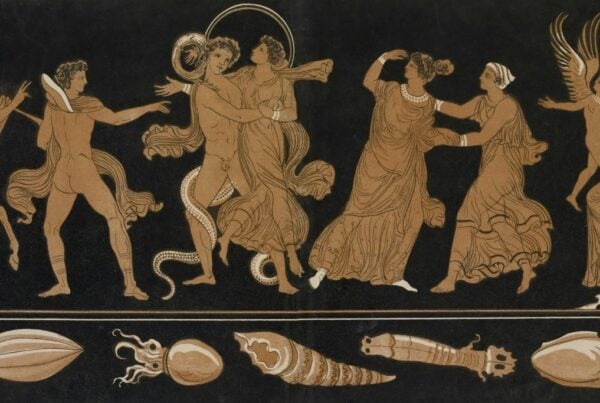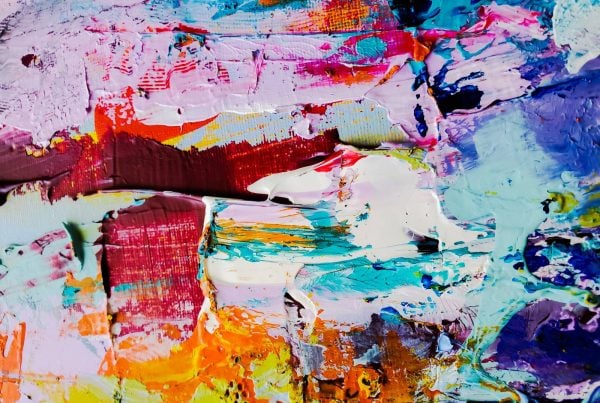Disclosure Sponsored Links: This post contains a paid-for sponsored link, meaning we have received compensation in exchange for including it. Sponsorship does not influence our content, but we believe in transparency regarding paid placements.
In an era where the aesthetic of our digital and physical spaces significantly influences our daily lives and productivity, the demand for captivating wallpapers and illustrations has surged.
These visual elements are not merely decorative; they are a reflection of personal style, mood, and even aspirations.
With the rapid evolution of digital art, access to unique and inspiring designs has become more accessible, transforming blank walls and screens into canvases of personal expression.
This evolution has led to a diverse range of styles, themes, and applications, making the selection of the perfect print an exciting adventure into visual storytelling.
Table of Contents
The Digital Canvas: An Exploration Of Wallpapers And Illustrations
The digital age has ushered in a renaissance of sorts for illustrators and designers, creating a booming market for digital wallpapers and illustrations.
These artistic creations offer a quick and impactful way to personalize electronic devices and interior spaces, reflecting the individual’s personality, interests, and even their current mood.
As we delve deeper, we’ll explore the significance of digital art in contemporary settings, how to navigate the vast seas of online artwork, and the latest trends that are shaping this vibrant landscape.
Finding Digital Wallpapers Online
The journey to find the perfect digital wallpaper can be as vast and varied as the internet itself.
With countless artists and platforms offering their creations, the quest for that one piece that speaks to you can be daunting yet exhilarating.
Online marketplaces, dedicated art platforms, and social media channels serve as treasure troves for those in pursuit of unique digital backdrops.
From the serene and sublime to the abstract and avant-garde, digital wallpapers are available in an endless array of themes, colors, and styles, catering to every conceivable preference and interest.
As we navigate through these digital galleries, the ease of access and the breadth of options available make personalizing our digital environments more accessible and enjoyable than ever before.
Embracing Ai And Vintage Minimalism
One of the standout trends is the incorporation of AI into the creative process. AI-assisted illustrations are becoming more prevalent, offering designers and artists tools to generate intricate patterns, suggest color schemes, and assist in composition.
This melding of technology and creativity not only streamlines the creative process but also opens new doors for innovation within digital art.
There’s a nostalgic pull towards vintage minimalism. This trend focuses on simplifying designs while employing vintage color palettes, creating visuals that are both striking and reminiscent of a bygone era.
The appeal lies in its simplicity and the emotional resonance of vintage aesthetics, offering a tranquil counterpoint to the often chaotic digital world.
Anti-Design And Abstract Expressions
2024 also sees the rise of anti-design, characterised by its rebellious spirit.
This trend throws conventional design rules out the window, embracing a mix of fonts, overlapping text, and unconventional layouts.
It’s a reflection of a desire to break free from the norm and experiment with more expressive, even chaotic, design elements.
This approach is particularly effective in capturing attention in spaces filled with creative industries, like music festivals or art gallery openings.
In the realm of abstract expressions, gradients and color transitions take center stage.
This year’s gradients are punchier, with bold color transitions that add depth without overwhelming the viewer.
Such abstract expressions provide a modern touch to designs, allowing for a more dynamic and engaging visual experience.
The Fusion Of Mixed Media And Inclusivity
The versatility and unpredictability of mixed media art have captivated the imagination of artists and designers alike.
By blending various techniques and materials, artists are able to create unique, textured works that push the boundaries of digital illustration.
This trend towards experimentation and innovation in digital illustrations is expected to grow, bringing more diverse and complex visuals to the fore.
The trend towards inclusivity in digital illustrations underscores a societal shift towards diversity and representation.
Illustrations that depict a wide range of races, genders, ages, and more, not only challenge stereotypes but also cater to a broader audience.
By embracing inclusivity, artists and designers are contributing to a more empathetic and diverse visual culture.
The Advent Of Augmented Reality And 3d Innovations
Augmented Reality (AR) is transforming digital illustration, offering immersive experiences that blur the lines between the digital and physical worlds.
AR allows for interactive visuals, enhancing the way we engage with digital artworks. This trend signifies a leap towards more immersive and interactive digital environments.
The exploration of 3D effects, including 3D glow, adds a new dimension to digital designs.
These effects create depth and add a tactile feel to visuals, making them leap off the screen.
Whether in app interfaces, digital cards, or virtual reality spaces, 3D innovations are making digital experiences more vivid and engaging.
The Artistic Influence On Graphic Design: A Fusion Of Past And Future
In the ever-evolving landscape of graphic design, the influence of art movements is both profound and transformative, seamlessly bridging the past with the present and paving the way for future innovations.
This symbiotic relationship between art and graphic design not only enriches the aesthetic and conceptual depth of design projects but also reflects the cultural and societal narratives of their times.
Art’s Legacy In Modern Design
Art movements have historically shaped the principles and aesthetics of graphic design, with each era’s unique style and philosophy being reflected in the design works of the time.
For example, the bold simplicity and visual impact of Pop Art have continued to influence graphic design with its use of vibrant colours, bold imagery, and cultural symbols.
Similarly, the intricate patterns and natural forms of Art Nouveau have found their way into contemporary design, emphasising fluid lines and organic shapes.
The integration of art into graphic design is not merely about borrowing visual styles; it’s about embracing the underlying concepts and approaches that these movements represent.
This includes the use of symbolism and cultural narratives that imbue designs with deeper meanings and connections, enabling designers to communicate more effectively with their audience.
Cultural Narratives And Symbolism
Graphic design acts as a cultural mirror, reflecting and shaping societal values and narratives.
Through the adoption of art movements’ principles, designers can weave complex cultural stories and symbolism into their work.
Indigenous art and its principles of connection to land and community can be incorporated into designs to celebrate and preserve cultural identities.
Symbols and icons, deeply rooted in cultural aesthetics, offer a visual shorthand for complex concepts, making designs more accessible and resonant with diverse audiences.
The choice of colors, patterns, and typography can also carry significant cultural connotations, enhancing the communicative power of graphic designs.
Final Remarks
As we delve into the realm of digital aesthetics, it becomes evident that the fusion of art and graphic design is crafting a vibrant tapestry of visual culture that surrounds us.
This harmonious blend not only decorates but profoundly communicates, influencing our daily experiences and societal dynamics.
The current era’s trends—ranging from the integration of artificial intelligence in art to a resurgence of vintage styles and the daring experimentation of anti-design—highlight a fluid dialogue between innovation and heritage.
The inclusion of mixed media, a focus on inclusivity, and the advent of technologies like augmented reality and 3D effects underscore the boundless opportunities for customization and immersive experiences.
This evolving landscape of digital and physical canvases invites us to not only observe but actively participate in the creation and interpretation of art that deeply resonates with our individual and collective narratives, shaping the future of our shared visual and cultural expressions.








